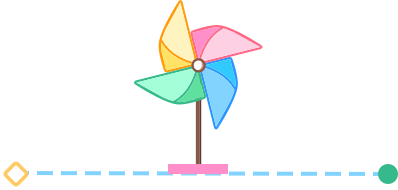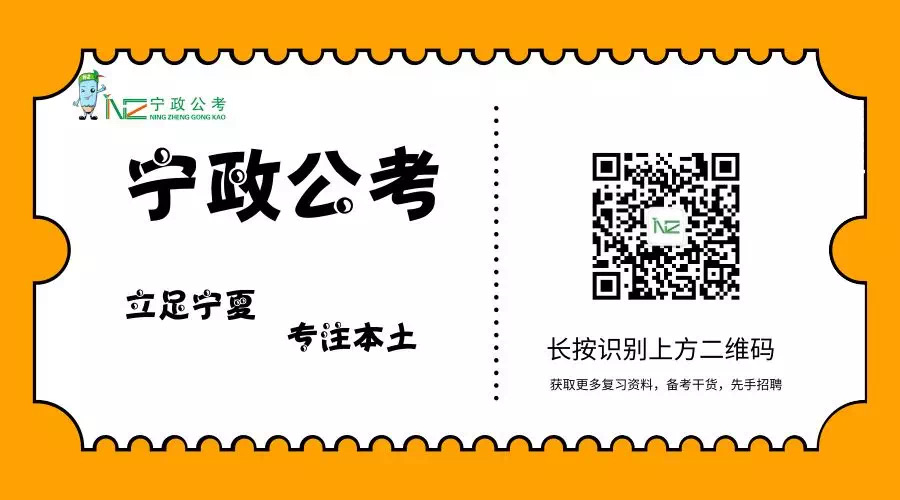Did everyone absorb yesterday’s direct proposition solving techniques?
Continuing with the valuable content, today let’s talk about the “sixth sense” in analogy reasoning.

In the judgment reasoning module of the civil service exam, analogy reasoning is a common type of question. Analogy reasoning
starts from observing individual phenomena, similar to inductive reasoning, but differs in that
inductive reasoning moves from the specific to the general, while analogy reasoning deduces from the specific to the specific.

“In the vast sea of questions, why not be carefree once in a while?”
This time our teaching article will discuss
solving analogy reasoning problems by relying on intuition.
With countless question types, sometimes you need to be meticulous,
and sometimes you can rely on intuition to lighten the load.
Carefully read our teaching article,
and you will gain different insights!



Understanding the Intuition in Analogy Reasoning
In analogy reasoning, many training classes will cover numerous knowledge points, but in reality, when doing questions, everyone will find that the actual questions, especially those from Ningxia, rarely directly test organized knowledge points, and the difficulty is relatively low; even if you haven’t studied, you can still answer them. However, those more difficult questions are often solved by intuition.
Many civil service teachers intentionally suppress students’ intuition during their lectures; in most cases, this is correct, as it helps students avoid misconceptions, but it shouldn’t be overly rigid. Too much of anything is not good, and this can actually hinder exam performance. Under the intense time pressure of the civil service exam, one should use both hands and feet; intuition can sometimes be one of the ways to solve problems, but we need to clarify what that correct intuition is~~ Let’s take the following question as an example.
【Actual Question 1】 Tree Root : Root Carving
A. Clay : Porcelain
B. Paper : Paper Cutting
C. Bamboo : Bamboo Raft
D. Cement : Inkstone
【Question Explanation】: As we can see, the stem of this question is a material correspondence; tree roots are the material for root carving. But the scary part is that after looking at ABC, they are all material correspondences…
So let’s try a horizontal and vertical comparison. Root carving must use tree roots, which is a necessary material and also the main material, but the scary part is that ABC are also all necessary materials and main materials… What to do?
Analogy reasoning is described in the syllabus as requiring candidates to find a group of words in the answer options that are logically closest or most similar to the two words in the stem. The logical relationship between the two words in the stem is already fully utilized, and there is nothing more to dig into. At this point, we can only directly compare the words in the stem with the words in the options for similarity.
First, let’s look at the first word. Tree root, compared to clay, paper, and bamboo, paper and bamboo have some similarity to tree roots, as they all come from plants, but none of them are similar enough to make us immediately think of “it”. If there were a branch or leaf in the options, we might choose it without hesitation. Now let’s look at the second word. Root carving, compared to porcelain and paper cutting, it is obvious that both root carving and paper cutting involve art and are considered artworks, while porcelain and bamboo rafts do not necessarily. At this point, don’t hesitate, mark B.
This certain feeling is that intuition, students, can you feel this intuition~~
For this question, I personally believe that the question setter wants to test the first word in the stem, which can be made into the second word, an artwork. The question setter thought this was simple, but it turned out to be tricky; the logical correspondence between the two words overly emphasized the characteristics of the second word, leading to our difficulty in solving the problem. In such cases, after fully understanding the logical relationship between the words in the stem, we may not be able to directly pinpoint the key point. At this point, we can directly compare a single position in the stem with the corresponding position in the options for similarity.
Students can use this intuition to look at this 2018 Ningxia question again.
【Actual Question 2】 (2018 Ningxia Actual Question) Spider : Web : Crawling
A. Silkworm : Breaking Cocoon : Spinning Silk
B. Bee : Making Honey : Flying
C. Nightingale : Building Nest : Singing
D. Cheetah : Running : Hunting
【Question Explanation】: As we can see, the first word in the stem forms a subject-verb relationship with the second and third words; the spider weaves a web, and the spider crawls. But the problem arises again; ABC are all verb-object pairs. And these two groups of verb-object phrases do not have a temporal succession relationship. At this point, the rigorous and obvious logical relationship between the words in the stem is gone. We can only do a single word comparison.
First, let’s look at the first word. Spider, compared to silkworm, bee, nightingale, and cheetah, spider, silkworm, and bee are all insects, with high similarity, so we can eliminate CD.
Next, let’s look at the second word. Weaving a web, compared to breaking a cocoon and making honey, has some similarity, as they are all characteristics of the corresponding insects, but there is no significant difference, making it impossible to select an answer.
Now look at the third word. Crawling, compared to spinning silk and flying, it is obvious that crawling and flying are more similar, as they are both modes of movement. Therefore, choose B.
Such questions are still relatively rare in actual questions, and I hope students can accumulate this correct intuition; once encountered, they can answer correctly and be ahead of the game.
However, there are still some things to say about this question. In actual practice, it is interesting to find the reasons for the mistakes in this question. For example, some students eliminate option B simply because they think bees make honey, not produce it, heavily influenced by the children’s song about bees collecting honey… Although analogy reasoning is not explicitly listed in the syllabus, everyone knows that basic common sense is often involved, and in some individual questions, the key point is indeed based on common sense.
Additionally, some students choose option C. The reason is simple; the stem spider weaves a web and crawls on the web, while option C nightingale builds a nest and sings in the nest. The other options do not form such a smooth sentence, perfectly leading to the wrong answer… This method of sentence verification can indeed greatly speed up answering questions, but sometimes it can also lead us directly into a trap, making it hard to escape. Therefore, students need to clarify their exam strategies in the analogy reasoning module, such as how many minutes to use in total, whether to prioritize using the sentence construction method, etc.

